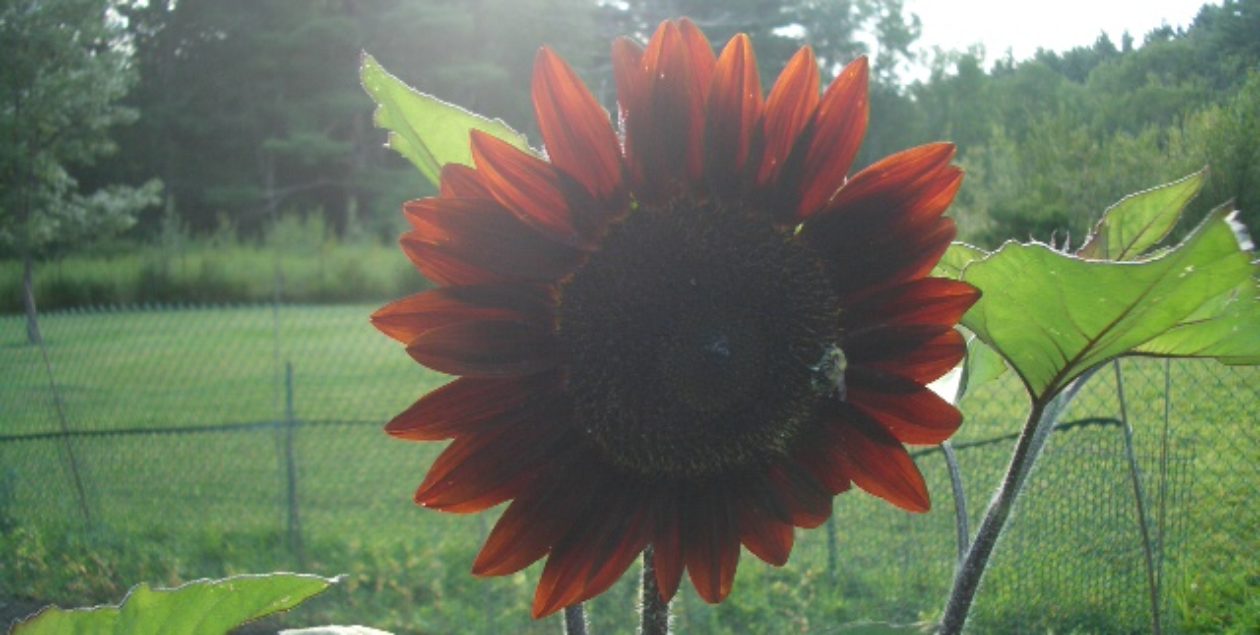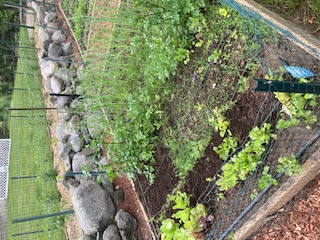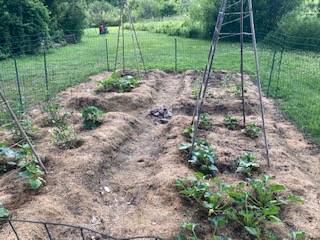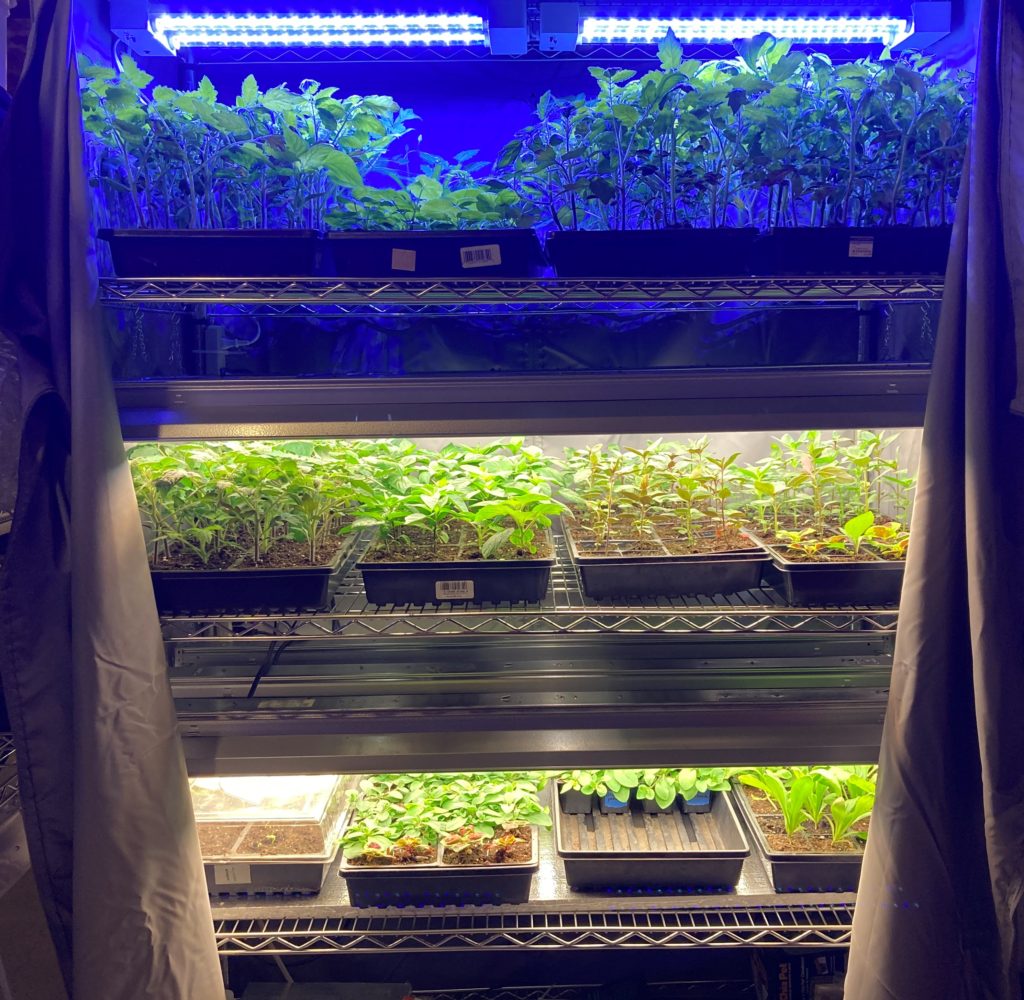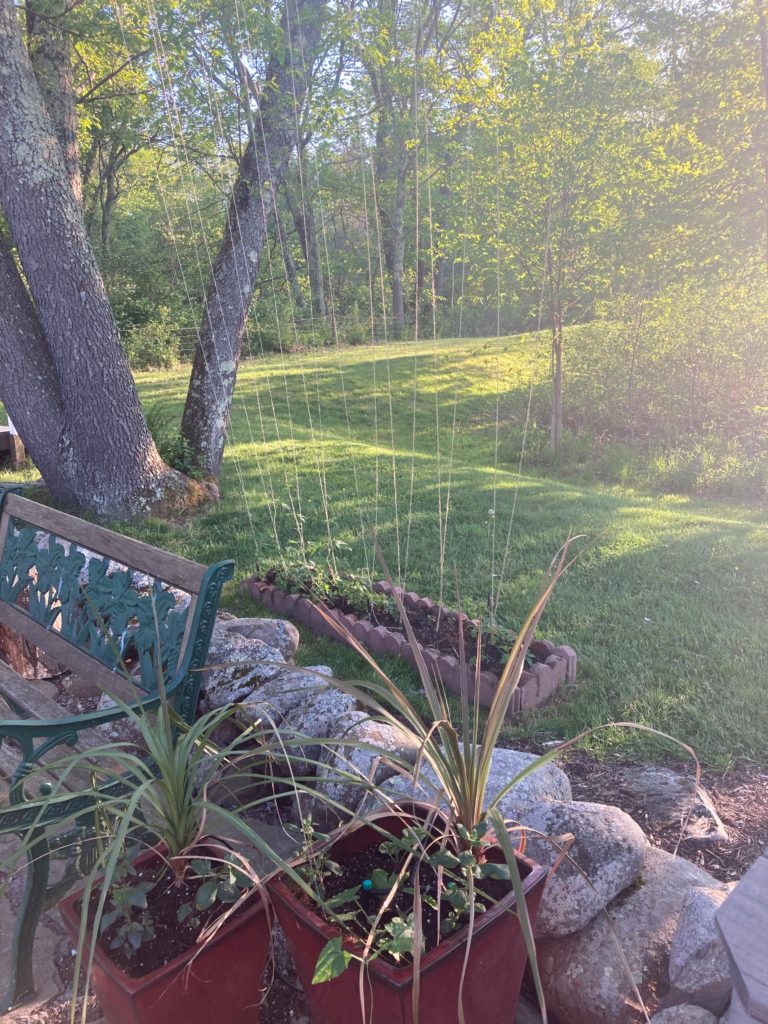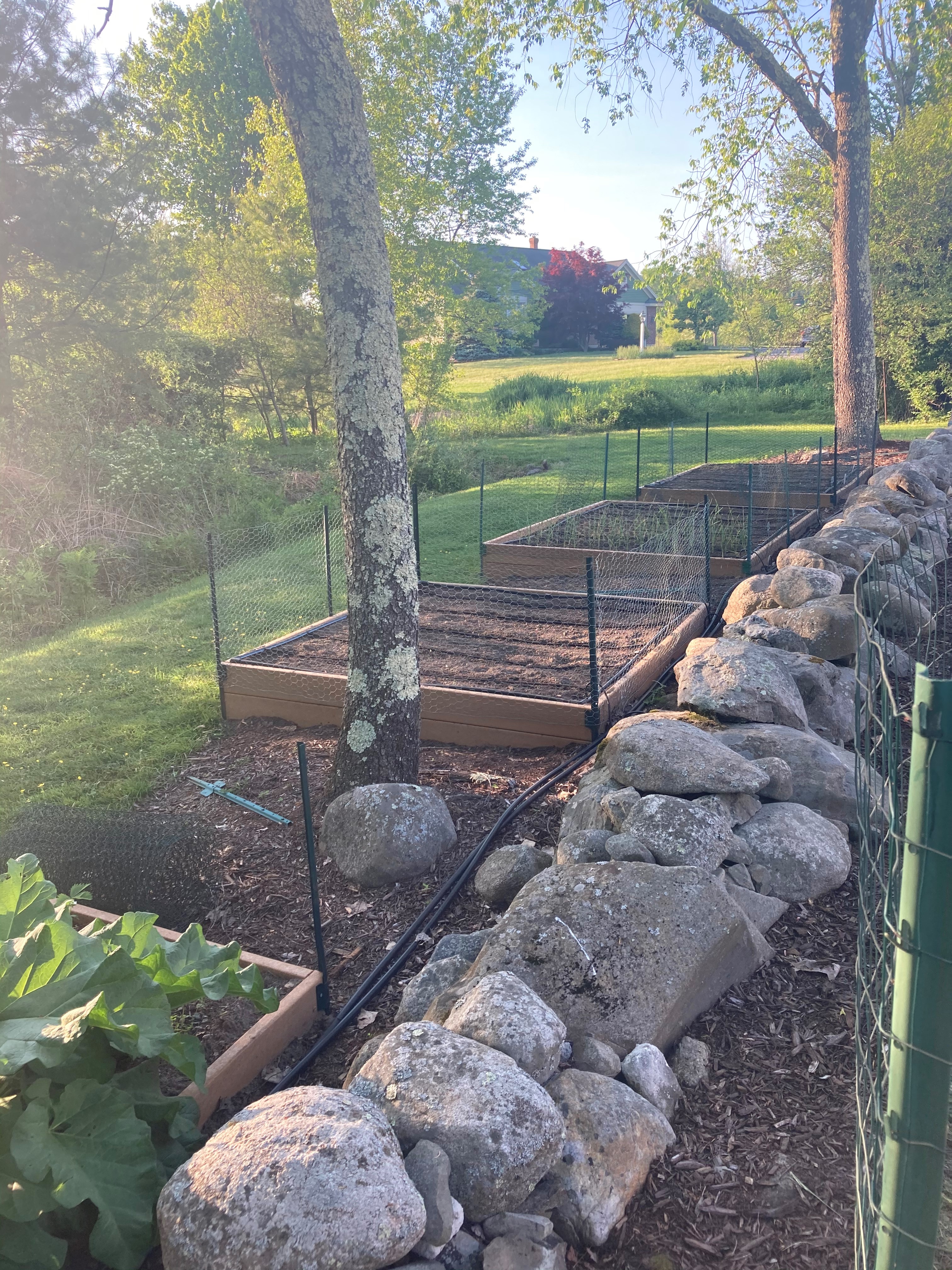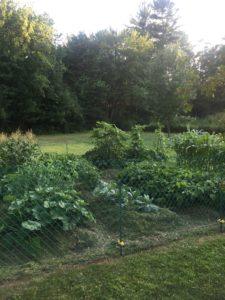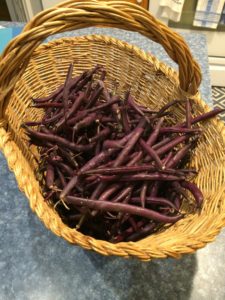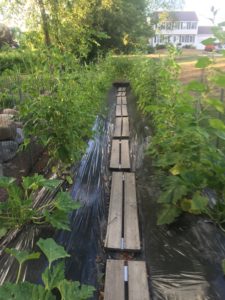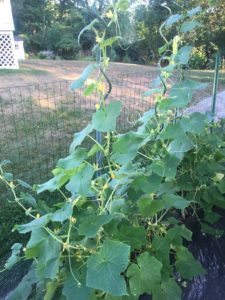Greetings! Once again I am demonstrating what the road to hell is paved with, by not actually updating this blog as intended. We are still here, still growing wildly aggressive vegetable and ornamental gardens, and still occasionally becoming entangled with the local wildlife, as we did last fall:

Late last October (the 28th to be exact, according to the time stamp on my iPhone photo) J discovered a Swallowtail caterpillar in the parsley. A hard frost was bearing down upon us, so J brought the caterpillar in, placed it in a box with sticks and lots of parsley (they will also eat dill), and convinced me to purchase a butterfly cage. We named it Waldo, as in “Where’s Waldo?” because it was a small caterpillar in an enormous box filled with sticks and parsley and we often lost track of where it had wiggled off to.
Our crawly friend spun himself (herself?) into a chrysalis attached to a stick, and we placed it in the cage and hung it in the garage as J read that it was a decent place to overwinter them – away from drafts, but dark and cold enough to mimic what was going on outside.
In late April we brought the cage inside, hung it on the sun porch, and kept watch. Apparently, the chrysalis will lighten up as the butterfly gets closer to hatching, and we noticed that happening about a week ago. After a couple of days of no change, the chrysalis got dark again, which J insisted was a sign the butterfly was about to hatch (and I secretly thought it meant it was dead.)
Turns out, J was right:

….well, at least about the butterfly getting ready to hatch; turns out we were both wrong because according to the Interwebs, any Black Swallowtails that are more blue than yellow are actually female. She made her appearance yesterday. While Monarchs need a day or two (and some natural sugar, like an orange slice or a cotton ball soaked in sugar water for sustenance) to get their wings under them, Black Swallowtails have no time for such niceties. Walda washed her face, fluttered her wings a couple of times and took off for the rhododendron across the yard. I suspect we will not even get a thank you note, but to be fair, we stashed her in the garage in winter, which is poor host behavior.
